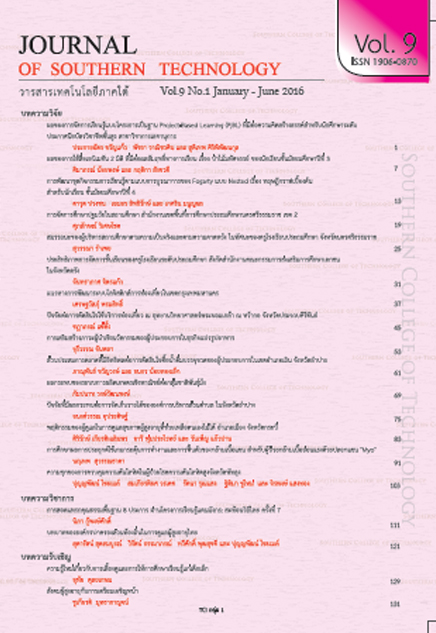การใช้ถ้อยคำเปรียบเทียบ “สุนัข”กับ “คน”ในภาษาไทยและภาษาจีน
Main Article Content
Abstract
The Use of Dog as a Metaphor as Human in Thai and Chinese
There are some expressions in Thai and Chinese that use animals as metaphor of human beings, especially dog. Since “dog” is the friendliest pets and being closest to human beings, its characteristic and behavior are often used metaphorically to describe a man. The metaphor in both Thai and Chinese frequently appears in proverb aphorism and idiom that can be divided in two points, the use of dog behaviors as a metaphor of human behavior and the use of dog appearance as a metaphor of human behaviors. The author hopes that this analysis of the use of dog as a metaphor of human in Thai and Chinese may help the readers to better understand the beauty of languages, cultures and attitudes of Thai and Chinese.
Article Details
-
Authors must agree to the journal publication rules and allow the editors to edit the manuscripts for publication.
-
Author’s right belongs to the author but Journal of Southern Technology holds the right of first publication and thus allow readers to use the article for the purpose of education but not commercial.
